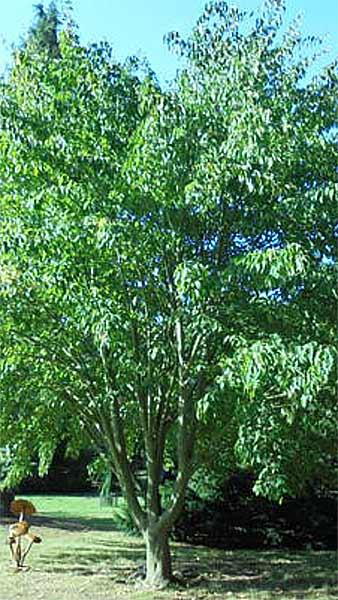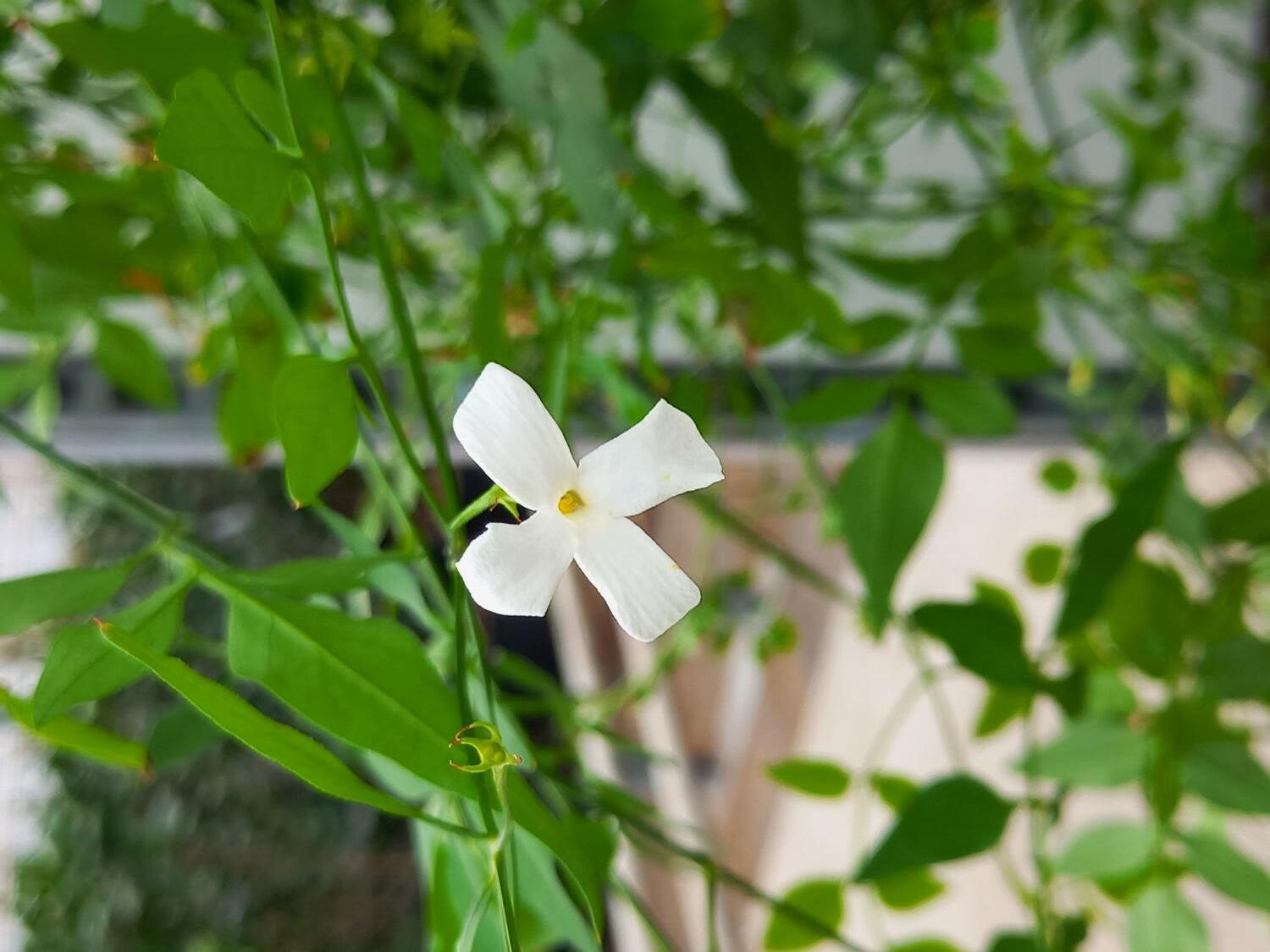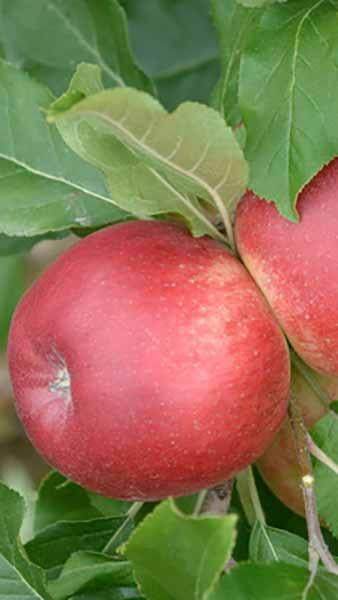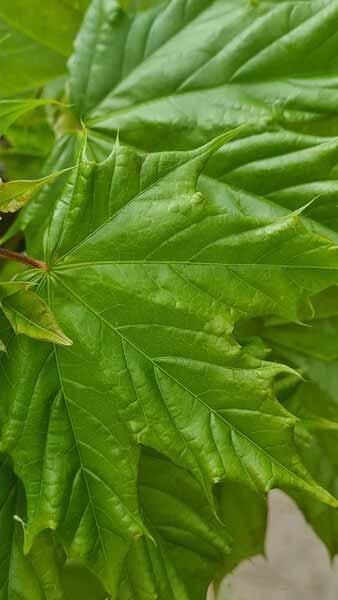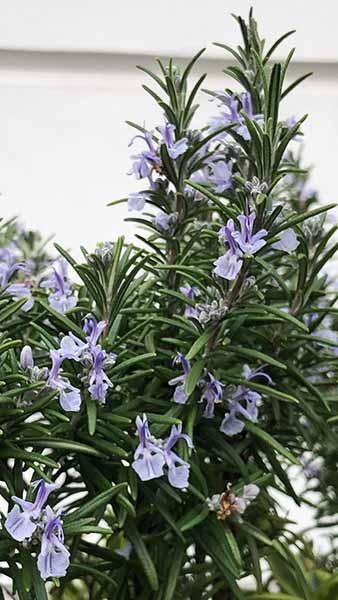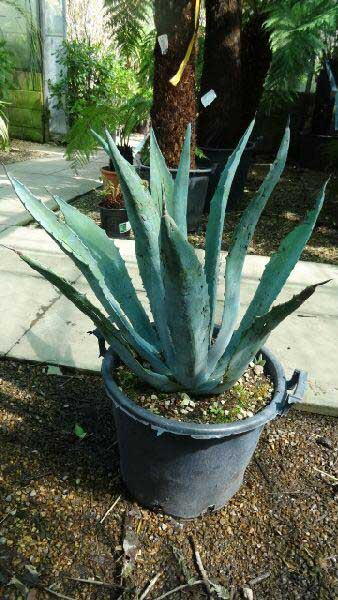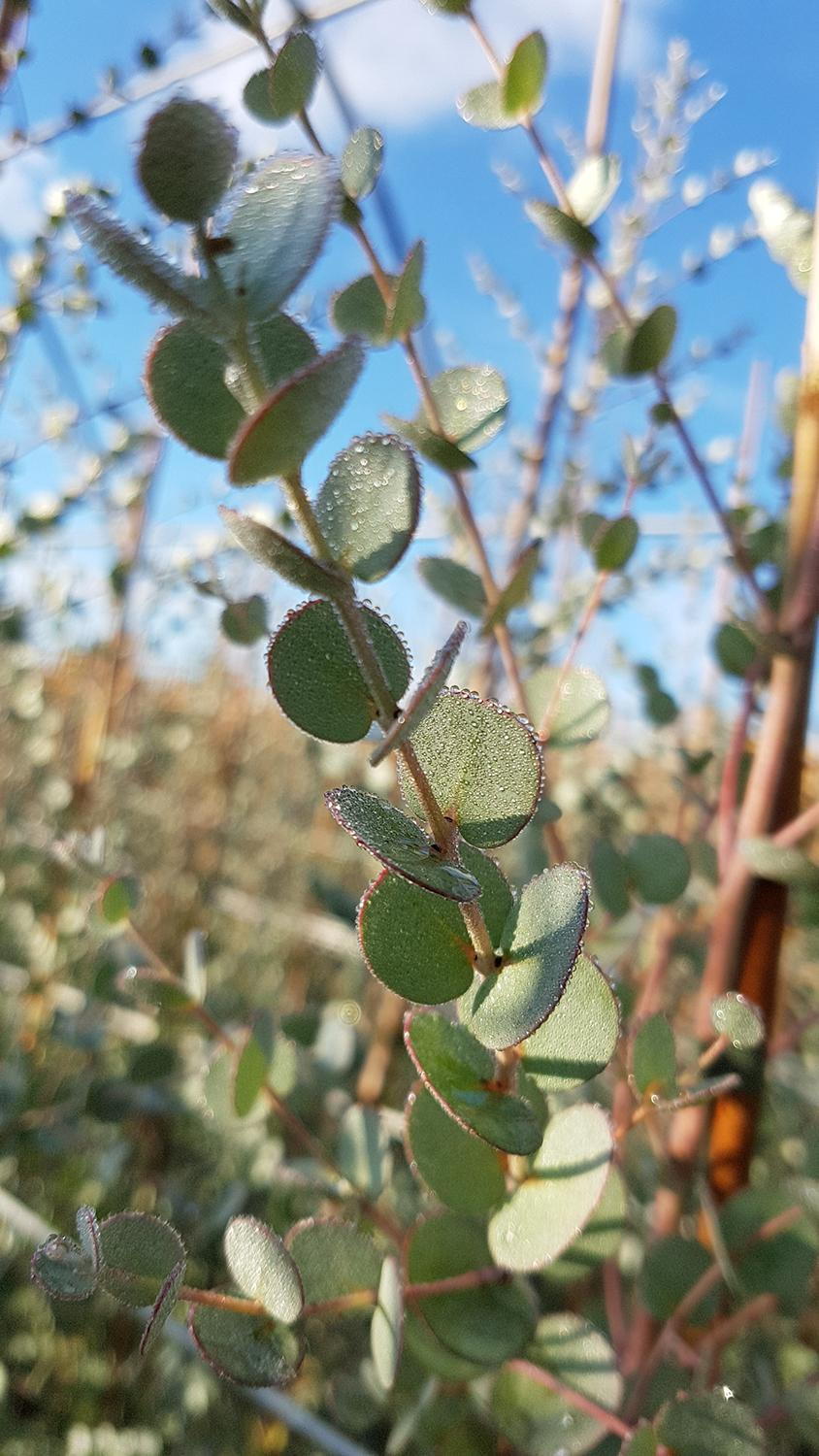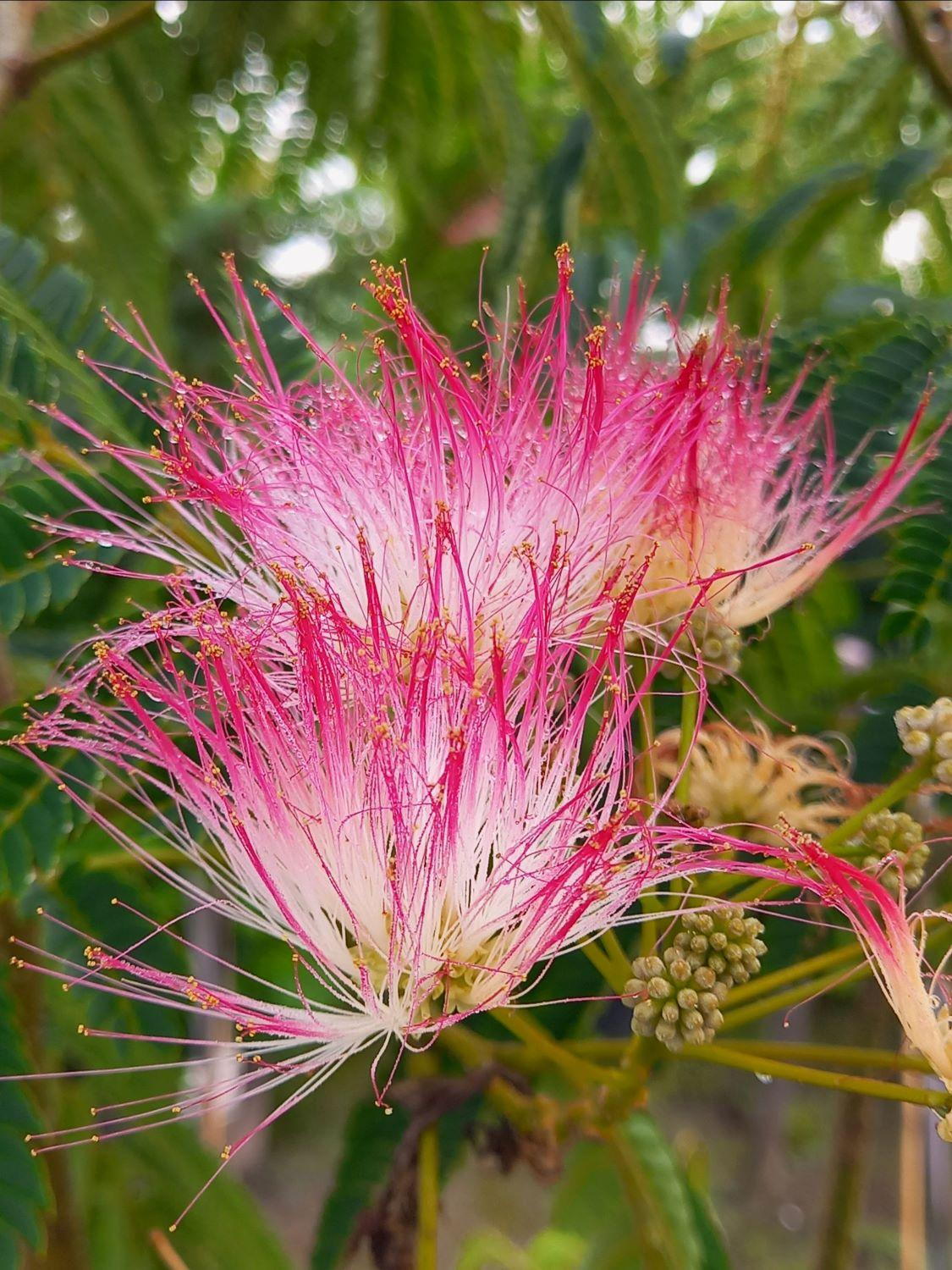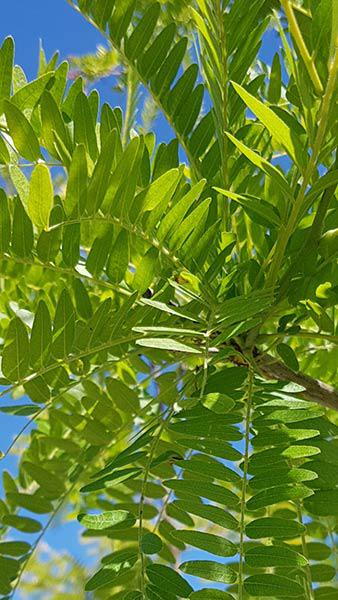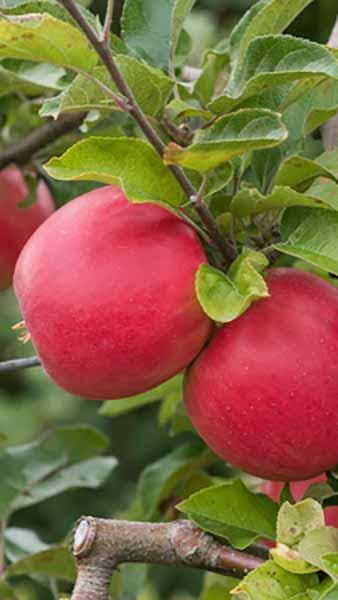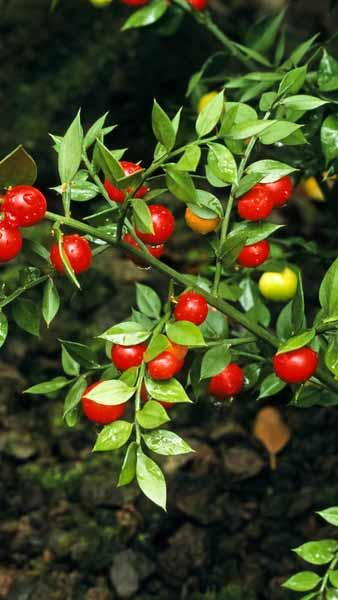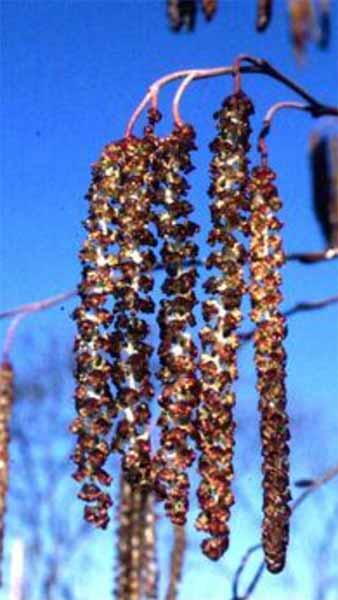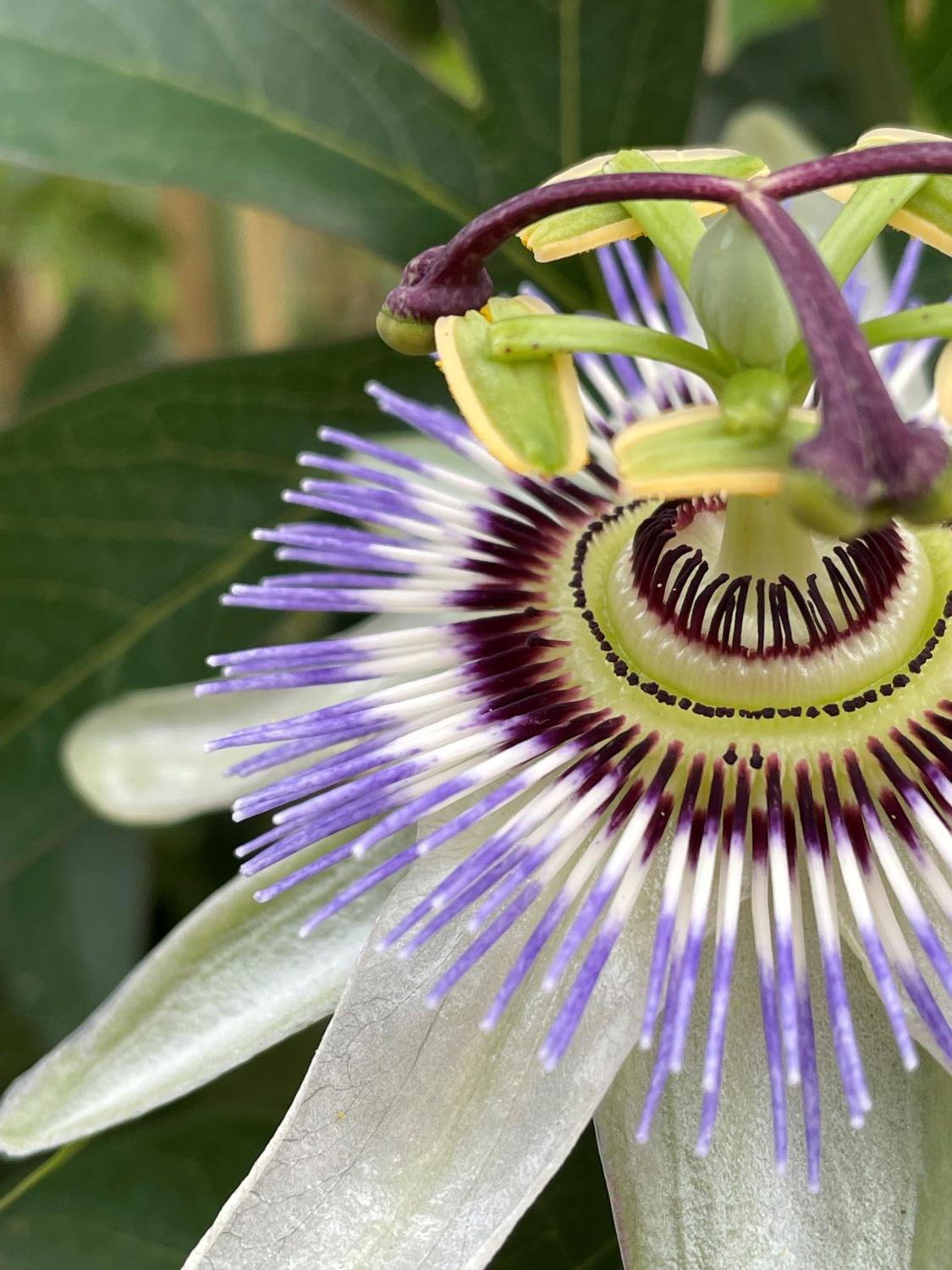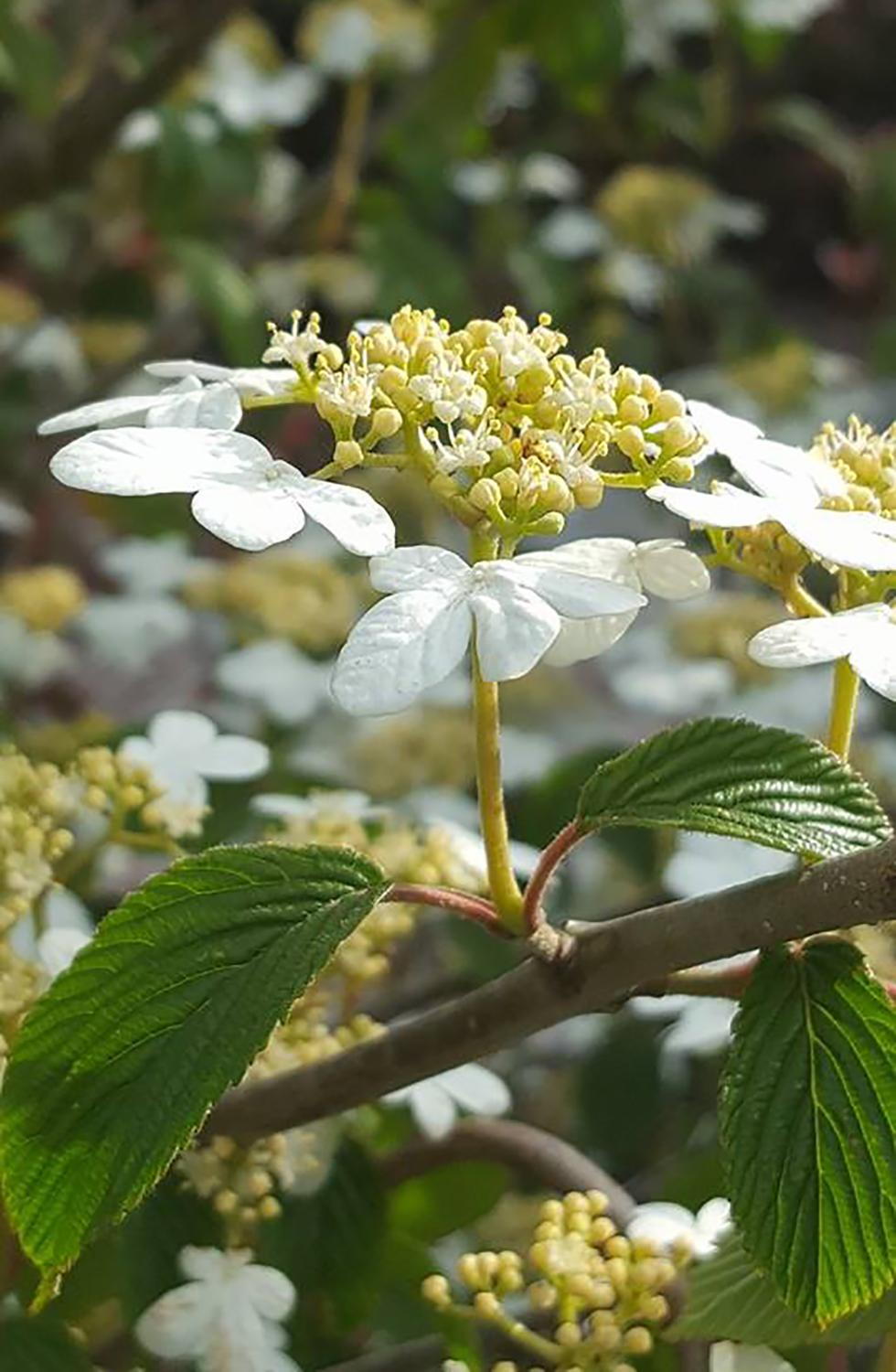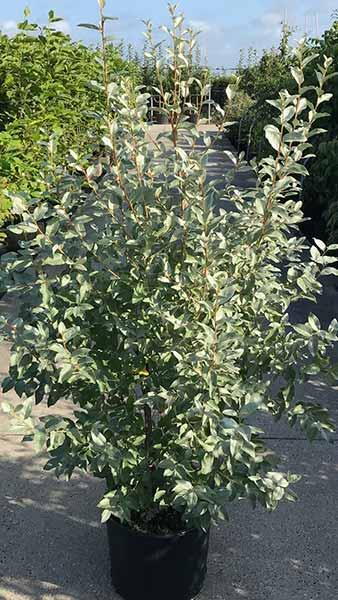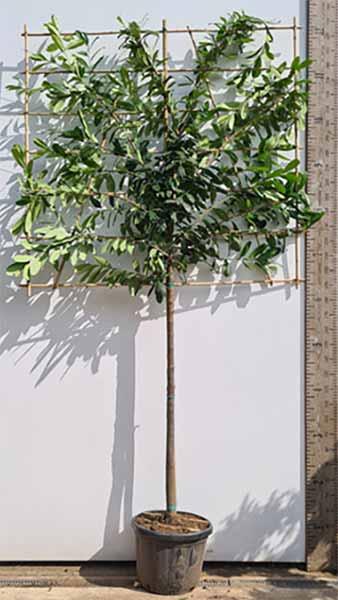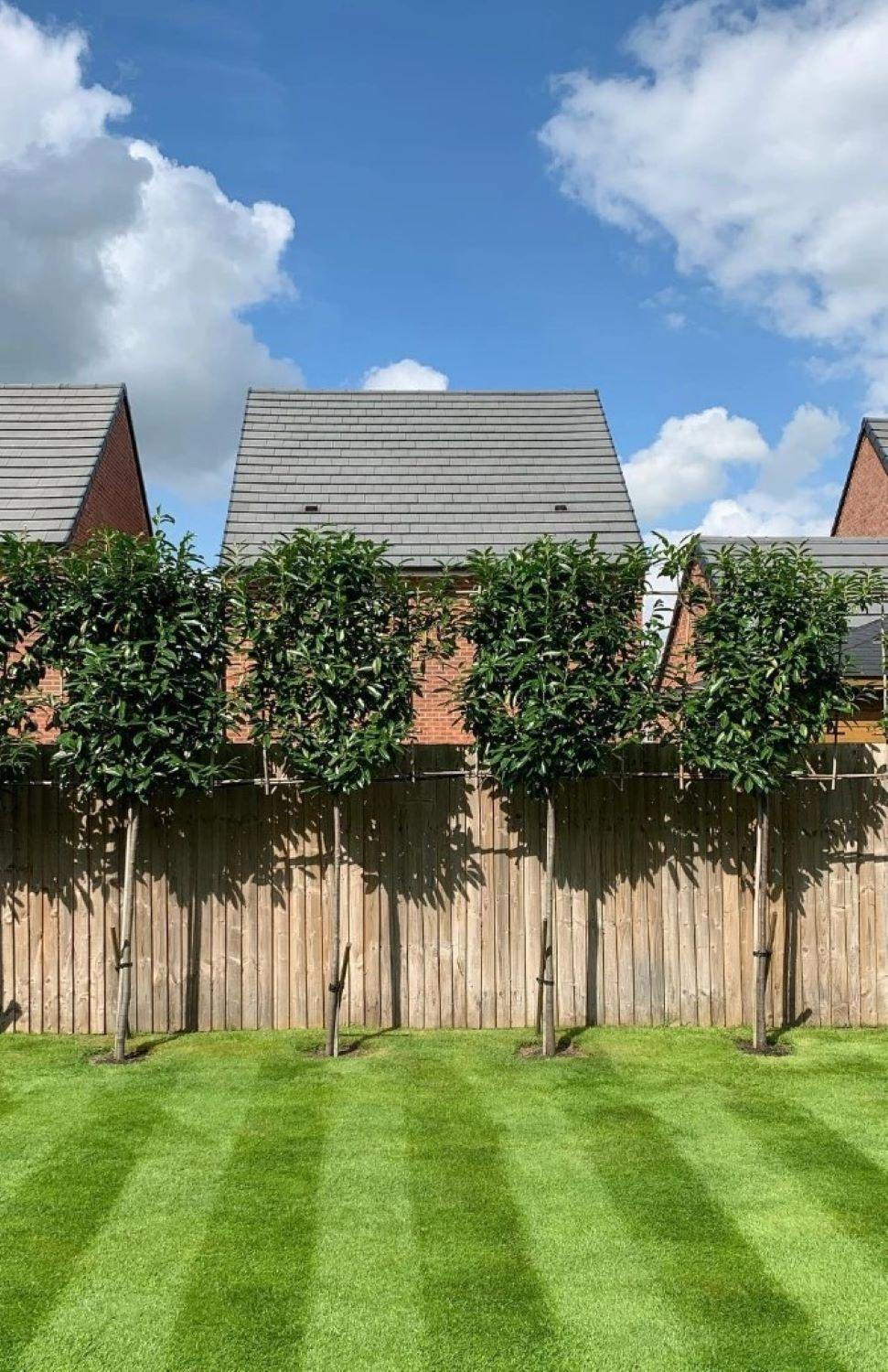Malus Domestica Benoni Apple Benoni Early Dessert Apple Tree
Malus Domestica Benoni or Apple BenoniMalus Domestica Benoni is a medium-sized early-fruiting dessert apple tree which is very suitable for smaller gardens. Self-fertile and hardy, this lovely fruit tree will fit into a variety of locations! Introduced in Massachusetts USA in 1832, this heritage apple variety is a good choice when you only have room for one apple tree, as it is self-fertile. The fragrant, white blossoms in mid-spring will attract bees to your garden as they do the necessary work of pollinating. The fruits develop early, being ready to pick by August and into September. The round, medium-sized apples do not all ripen at once, allowing for an extended period of harvest for fresh eating. The skins of ripe Malus Domestica Benoni apples are yellowish with a red blush, and the crisp, sweet flesh has a slight acid tang. They are best eaten fresh and will only store for a week. They are not suitable for processing.Hardy in most parts of the UK, deciduous Malus Domestica Benoni can grow to a mature height of 5-8 metres in 5 to 10 years. As with all apple trees, they need to be pruned in late winter before blooming, or in early July after fruit set. Thin the fruits soon after they first develop to obtain larger apples. While Apple Benoni is reliably self-fertile, you will get a bigger yield with another tree from pollination group B nearby. This variety tends to alternate between larger and smaller harvests from one year to the next.Plant Malus Domestica Benoni in full sun or partial shade in a sheltered position in moist but well-drained sand, loam or clay soil with a neutral pH. You can prune this apple tree to keep it to a suitable size for a smaller garden, where it will provide summer shade in addition to its spring blossoms and autumn fruit. It is also suited to training as an espalier, cordon or fan against a wall or fence, making it a perfect living privacy screen for a rooftop terrace, balcony, courtyard or patio. Malus Domestica Benoni is also a good choice for an informal country garden where it has room to grow to full size. As part of a small mixed orchard this fruit tree will benefit from proximity to pollinating partners, as well as providing an early to mid-season ripening apple.
